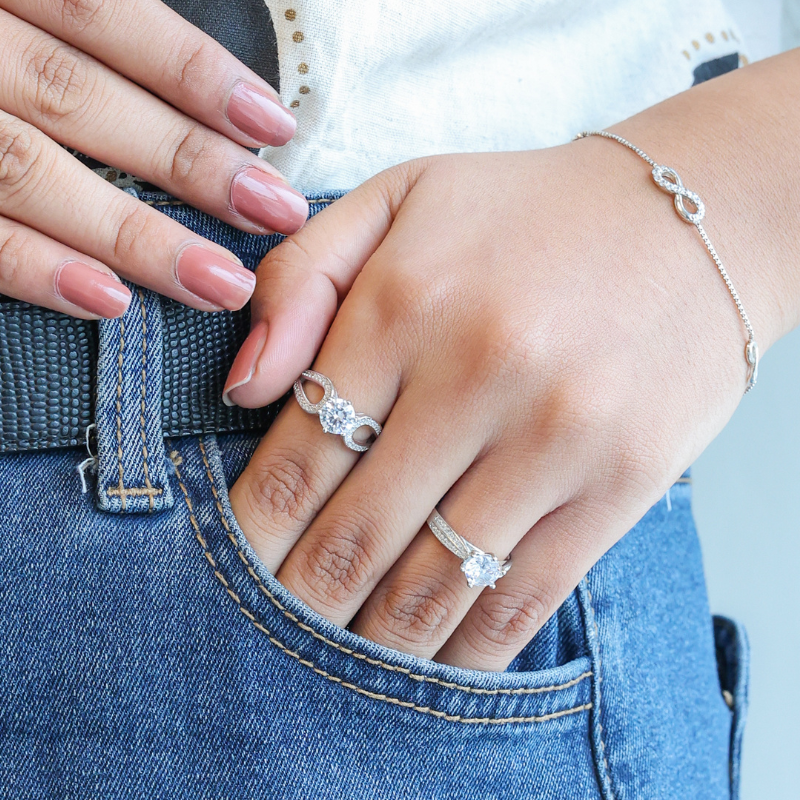For decades, Gold has reigned supreme as the quintessential safe-haven asset—the bedrock of portfolios during times of uncertainty. But if you've been watching the commodities market lately, you'll have noticed a distinct shift: Silver is shining brighter, and people are buying more of it than ever before.
It’s no longer just "the poor man's gold." Silver is carving out its own identity as a powerhouse investment, driven by a perfect storm of economic, industrial, and technological forces. Here’s a deep dive into the reasons behind this silver surge.
1. The Green Economy Mega-Trend: Silver's Industrial Renaissance
Unlike gold, where a majority of demand comes from jewelry and investment, a significant portion of silver's total demand (around 50% or more, depending on the year) is consumed by industry. This dual nature is Silver’s secret weapon.
-
Solar Power: Silver is a critical component in photovoltaic (PV) cells used in solar panels. As the world accelerates its transition to renewable energy, the demand for silver in this sector is skyrocketing. Every solar farm, every rooftop panel, needs silver.
-
Electric Vehicles (EVs) & Electronics: Silver is the most electrically conductive metal, making it essential for batteries, circuitry, and various components in electric vehicles, 5G technology, smartphones, and advanced electronics. The tech boom is, quite literally, a silver boom.
-
Supply Deficits: This industrial demand surge is creating a supply squeeze. The global silver market has been in a deficit for several consecutive years, meaning demand is outstripping new mine supply. Basic economics dictates that when a vital, in-demand commodity is scarce, the price must climb.
2. The Affordability and 'Catch-Up' Potential
Gold has soared to record highs, making the entry point for retail investors increasingly expensive. Silver, by comparison, is far more affordable on a per-ounce basis.
-
Lower Barrier to Entry: For small and medium-sized investors, silver offers a more accessible way to participate in the precious metals market. You can acquire a meaningful amount of physical silver (bars or coins) or invest through ETFs with less capital than required for gold.
-
The Gold-Silver Ratio: Historically, the ratio of the gold price to the silver price (how many ounces of silver it takes to buy one ounce of gold) fluctuates. When this ratio is high, it suggests silver is undervalued relative to gold. Many investors view the current ratio as a strong signal that silver is due for a substantial "catch-up" rally to narrow the historical gap.
3. Greater Volatility = Potential for Higher Returns
While gold is the ultimate rock of stability, silver is notorious for its volatility—a trait that risk-tolerant investors find attractive.
-
Higher Beta: Silver's price swings are typically more pronounced than gold's. When precious metals rally, silver tends to exhibit greater percentage gains than gold. For investors seeking aggressive returns in a bull market environment, this higher volatility translates into greater upside potential.
-
A "Hybrid" Asset: Silver is benefiting from both safe-haven buying (like gold, during geopolitical or economic uncertainty) and cyclical industrial recovery (driven by a strong economy and infrastructure spending). This dual nature allows it to perform well under different, and sometimes conflicting, economic narratives.
4. Global Economic Uncertainty & Monetary Policy
Like gold, silver benefits from the flight to tangible assets when paper currencies and markets seem unstable.
-
Inflation Hedge: In a world grappling with persistent inflation, both gold and silver are prized for their ability to maintain purchasing power.
-
Central Bank Expectations: As central banks globally signal potential rate cuts, non-yielding assets like silver and gold become more attractive, reducing the "opportunity cost" of holding them. A softer U.S. Dollar, often associated with looser monetary policy, also typically gives a boost to dollar-denominated commodities.
The Investor Takeaway
The current trend is a clear sign that silver has moved past its traditional role. It is now a pivotal asset at the intersection of investment, technology, and the green energy revolution.
While gold remains the traditional cornerstone for capital preservation and portfolio diversification, silver is increasingly seen as the high-growth, opportunistic precious metal.
For those looking to diversify their portfolio with a commodity that offers both a hedge against economic instability and a direct play on future technological growth, the white metal's moment in the sun has truly arrived.









